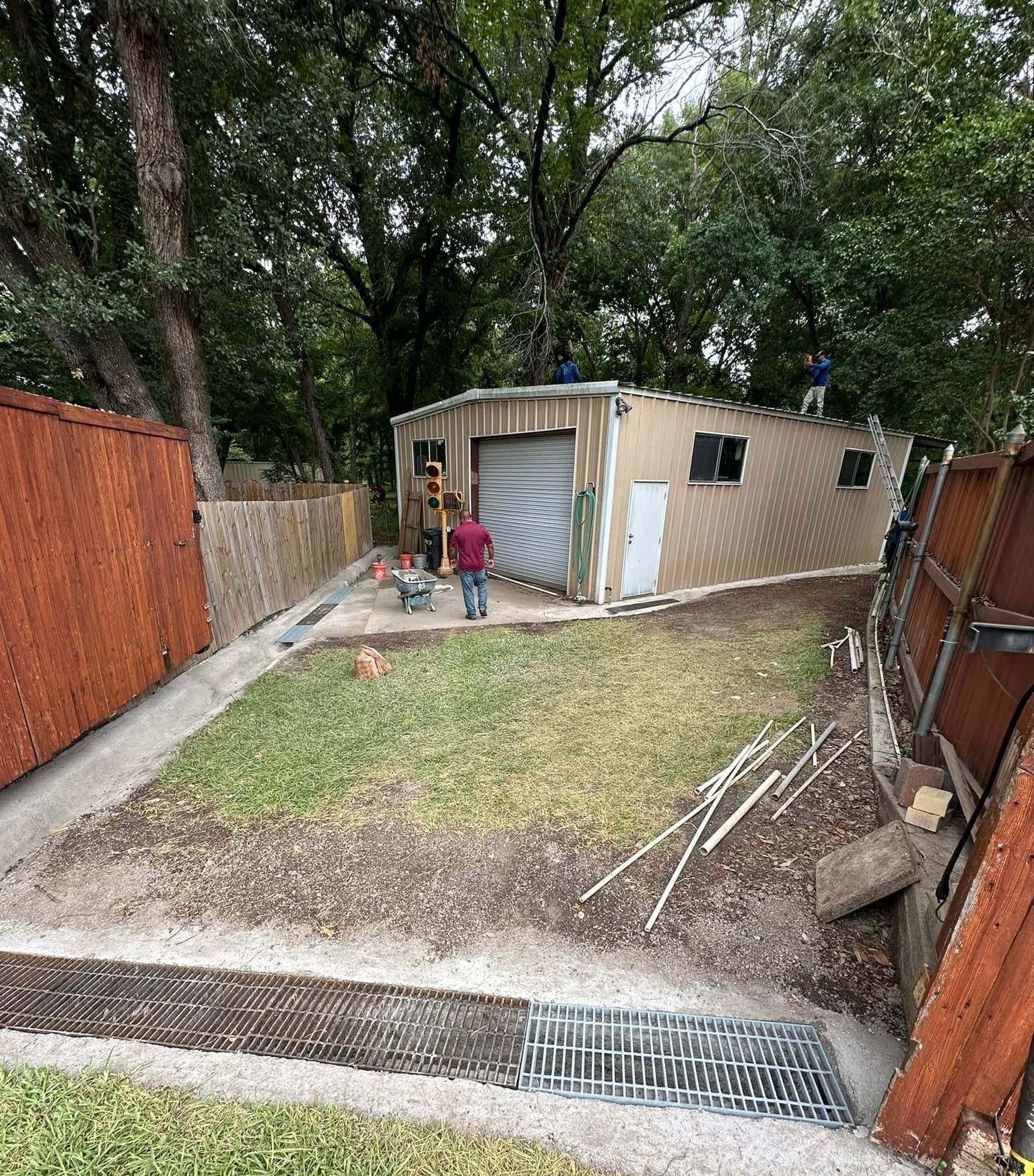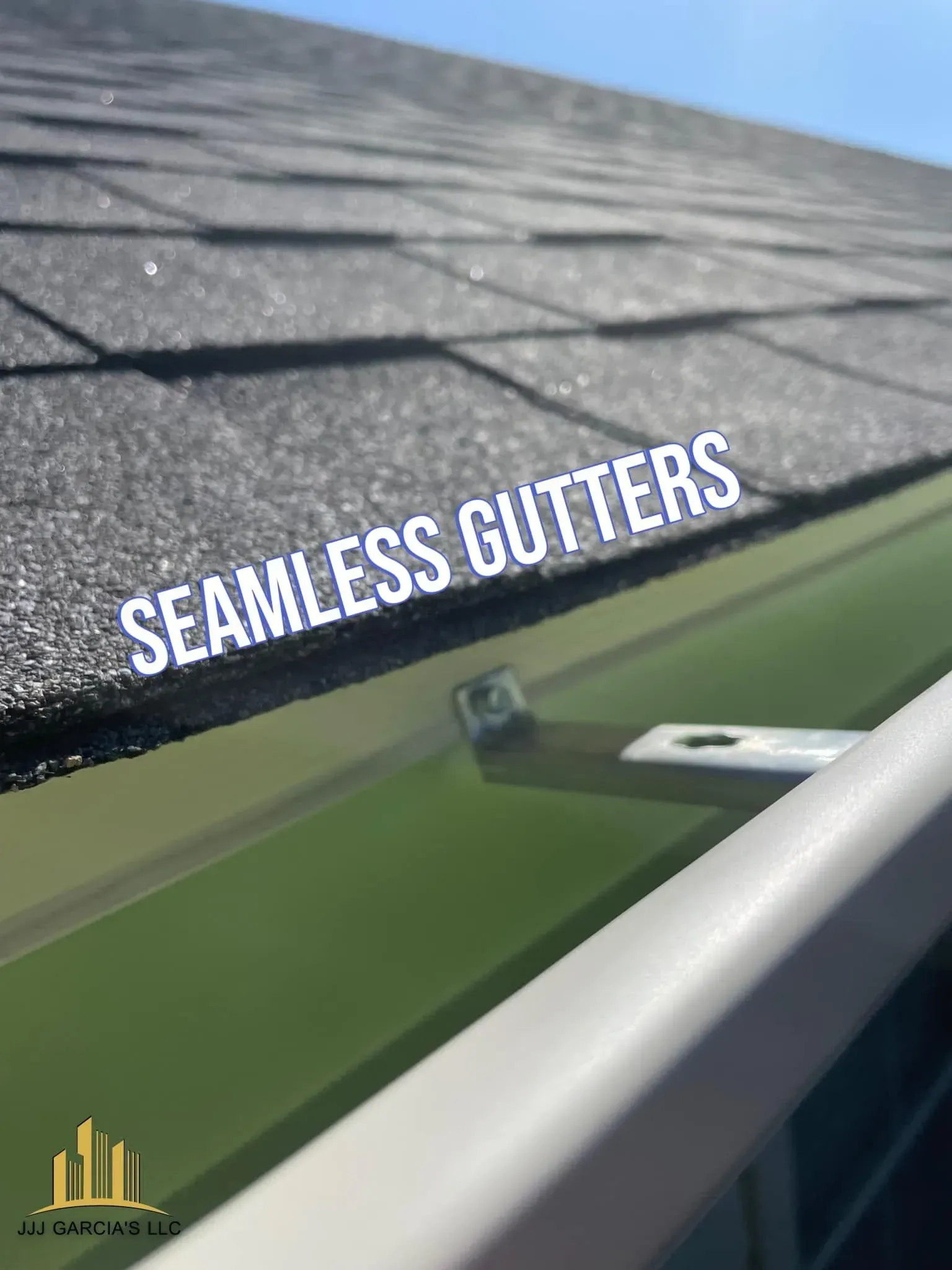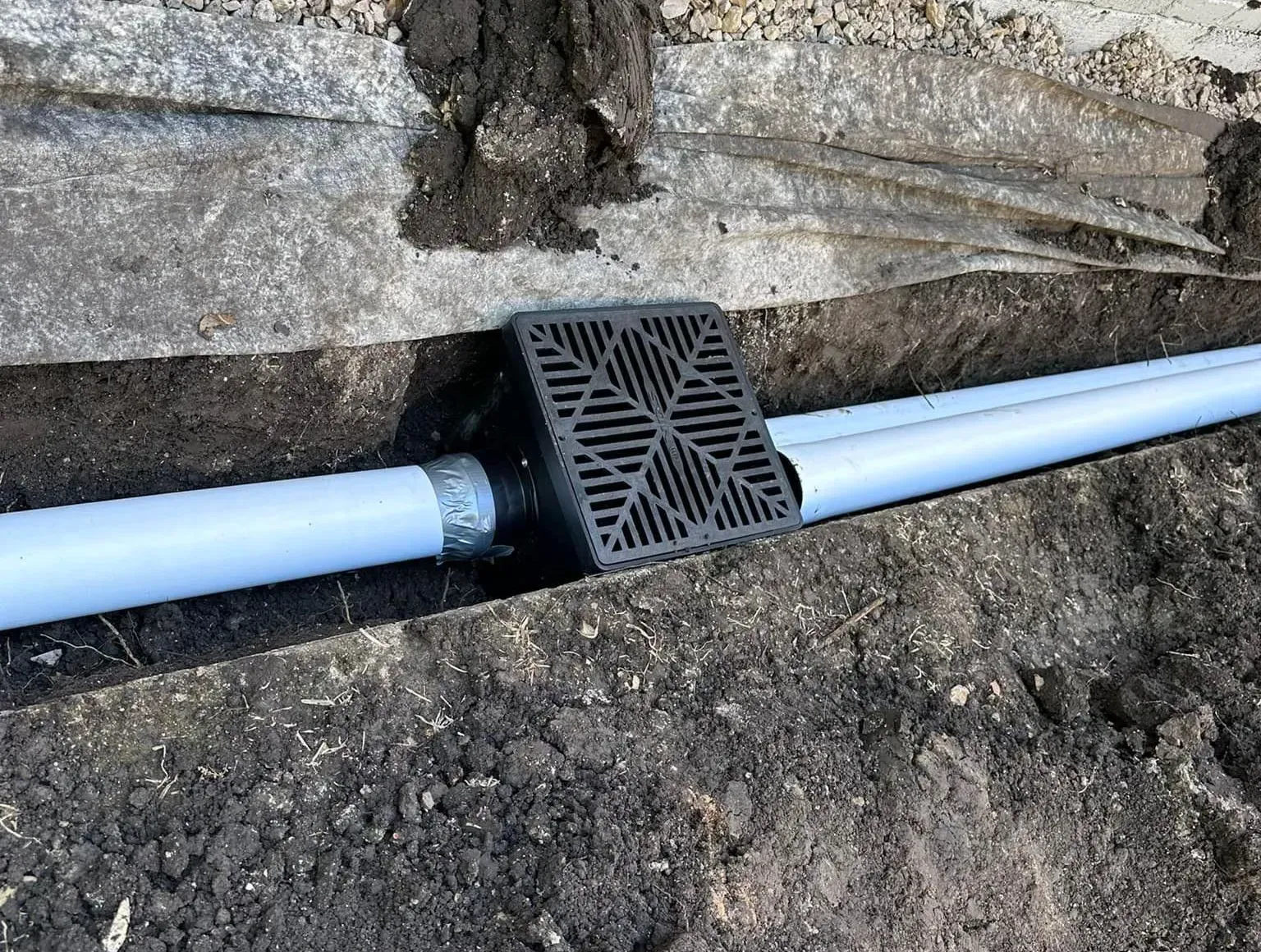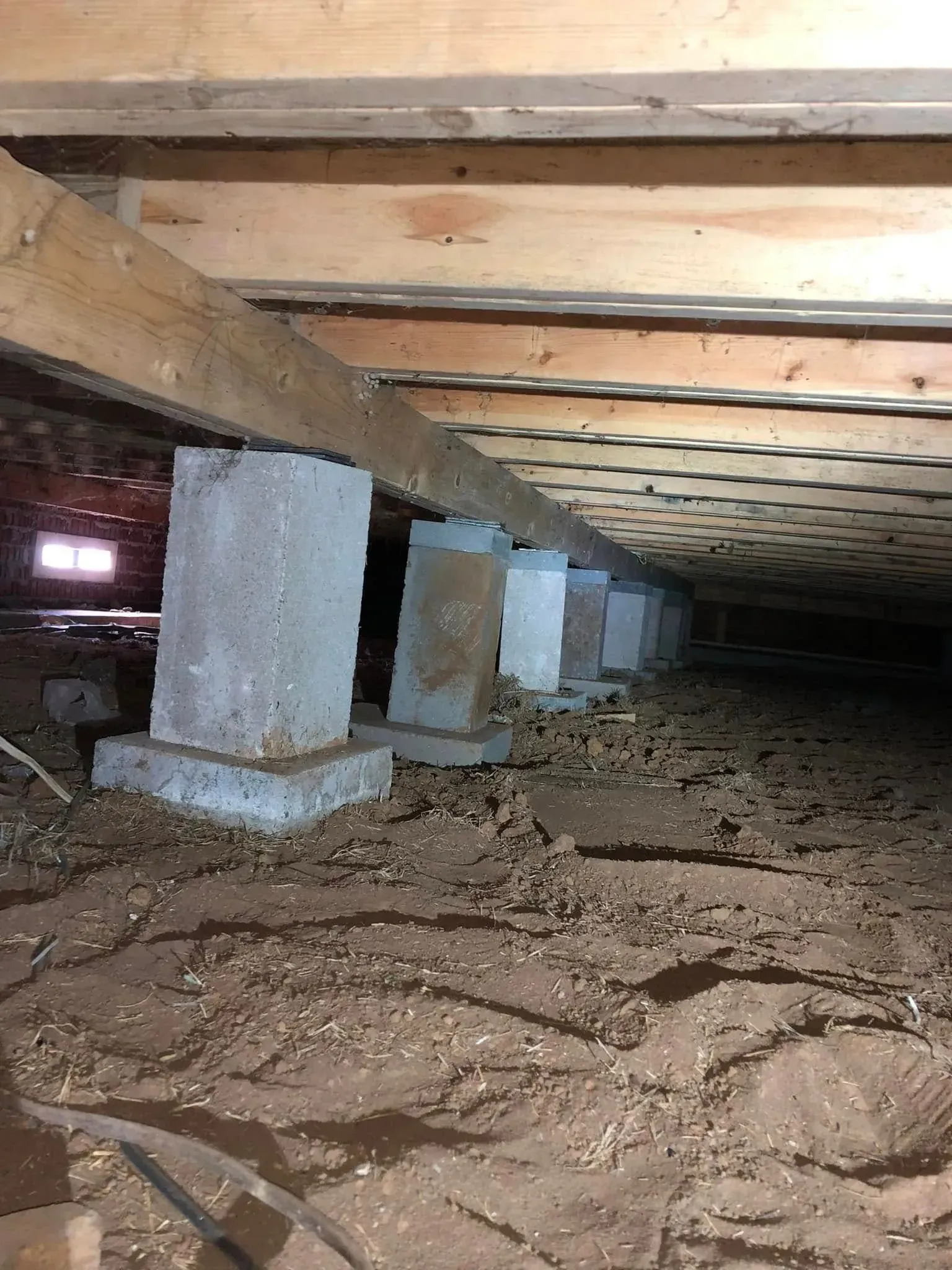Top Signs You Might Need Foundation Repairs at Home
Your foundation holds everything together—literally. When it starts to fail, your entire home feels the impact. Soil movement, poor drainage, and aging materials can all lead to structural issues, but the key to avoiding major damage is spotting the signs early. If you're wondering whether your home might need foundation repairs, here are the most common red flags to watch for.
Cracks in Walls and Ceilings
Cracks are one of the first signs that something might be off with your foundation. While tiny hairline cracks may be harmless, larger horizontal cracks, jagged lines, or stair-step patterns across walls and ceilings could mean your foundation is shifting. These often reappear even after patching.
Doors and Windows That Stick or Misalign
When a foundation shifts, it often distorts door and window frames. Suddenly struggling to latch a door or noticing a window that used to glide but now jams could point to structural movement. It’s especially suspicious if multiple doors or windows start sticking around the same time.
Visible Gaps Around Doors, Windows, or Moldings
Separation between trim and walls, doors and frames, or windows and sills could mean your home is slowly shifting. These gaps might seem minor but could be early indicators of uneven settling. Caulking them won’t fix the root problem if the foundation is unstable.
Uneven or Sloping Floors
Floors that feel off-balance or slanted are another clear sign of foundation issues. You might feel like you're walking uphill in one room and downhill in another. A rolling ball or marble is an easy way to check—if it doesn’t stay put, something beneath the surface may be shifting.
Cracks in Exterior Brick or Foundation Walls
On the outside, foundation damage can show up as cracks in brickwork or concrete. Stair-step cracks, wide gaps between bricks, or sections where mortar is pulling away are signs the structure is under stress. Any visible fracture along the foundation itself should be examined.
Separation Between Walls and Ceilings or Floors
If your walls seem to be pulling away from the ceiling or the floor, there’s a good chance foundation movement is to blame. Look closely at your crown molding or baseboards. If they’re detaching or uneven, it may be more than just cosmetic wear and tear.
Nail Pops and Warped Drywall
Nails pushing out from drywall or uneven wall surfaces can be symptoms of structural shifting. You might also notice tape seams cracking or bubbling. While isolated nail pops happen, widespread issues usually suggest that your walls are adjusting to foundation movement.
Water Pooling Near the Perimeter
Pooling water near your home can compromise the soil and eventually the foundation. If water isn’t draining properly after rain, or if it frequently collects near the base of your home, the soil could expand and contract in cycles that weaken structural integrity over time.
Foundation problems can escalate if ignored. Even subtle signs often point to underlying structural changes that will worsen. Don’t wait until you’re dealing with severe damage or high repair costs.
Garcia's Foundation and Drainage brings over 34 years of combined experience to foundation repairs and drainage solutions. Based in Dallas, TX, our team knows how to spot early signs and fix them right the first time. Contact us today to schedule your foundation inspection and keep your home strong from the ground up.













